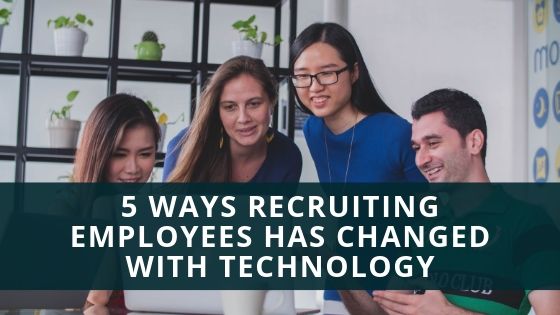In some ways, technology has made it easier than ever to find potential recruits, but that doesn’t mean it’s necessarily made it any easier to find great ones. Finding a great employee can be like finding a needle in a haystack. Technology has the power to help you do that, but only if you use it properly. Here are five ways that recruiting employees has changed with technology.
Helps cast a wider net
With dozens of online services available, businesses can cast a much wider net to pull from a much larger pool of talent. This doesn’t always make things easier, however, as businesses then have to sift through masses of responses to find appropriate candidates. There too, technology can help.
Helps sort and narrow results
Once technology has offered you a wider pool of candidates, it can then help you narrow it down into the best choices. Ultimately, you are looking for someone with not just the right skills but also the right temperament to fit in with your culture. Online tools can do much more than just find you a candidate with the right skills. Technology can also help you better assess their cultural fit as well.
More efficient interviews
Sometimes, you know within a few seconds (or immediately) that a candidate is not a good fit, but feel obligated to give them a full interview simply because of the time it took them to come in. With video interviews, you can make them as short as 10 minutes because the recruit isn’t spending a great deal of time coming in for the interview. If you like what you see in the video interview, you can call them in for a face-to-face interview.
Helps eliminate bias
Technology can help create a number of “blind” scenarios that can help reduce and possibly eliminate inherent bias. From blacking out names and other identifying information on applications and resumes to even helping filter for groups already heavily represented in the company, technology can aid you in your efforts to create a diverse workforce.
VR/AR testing and training
Today, businesses can use a wide range of VR and AR simulations to test what candidates might do in realistic simulations. From answering the phone to interacting with clients and customers to driving skills, VR and AR are helping employers gain a new level of understanding of the real capacities of potential recruits.
Photo by Mimi Thian on Unsplash

